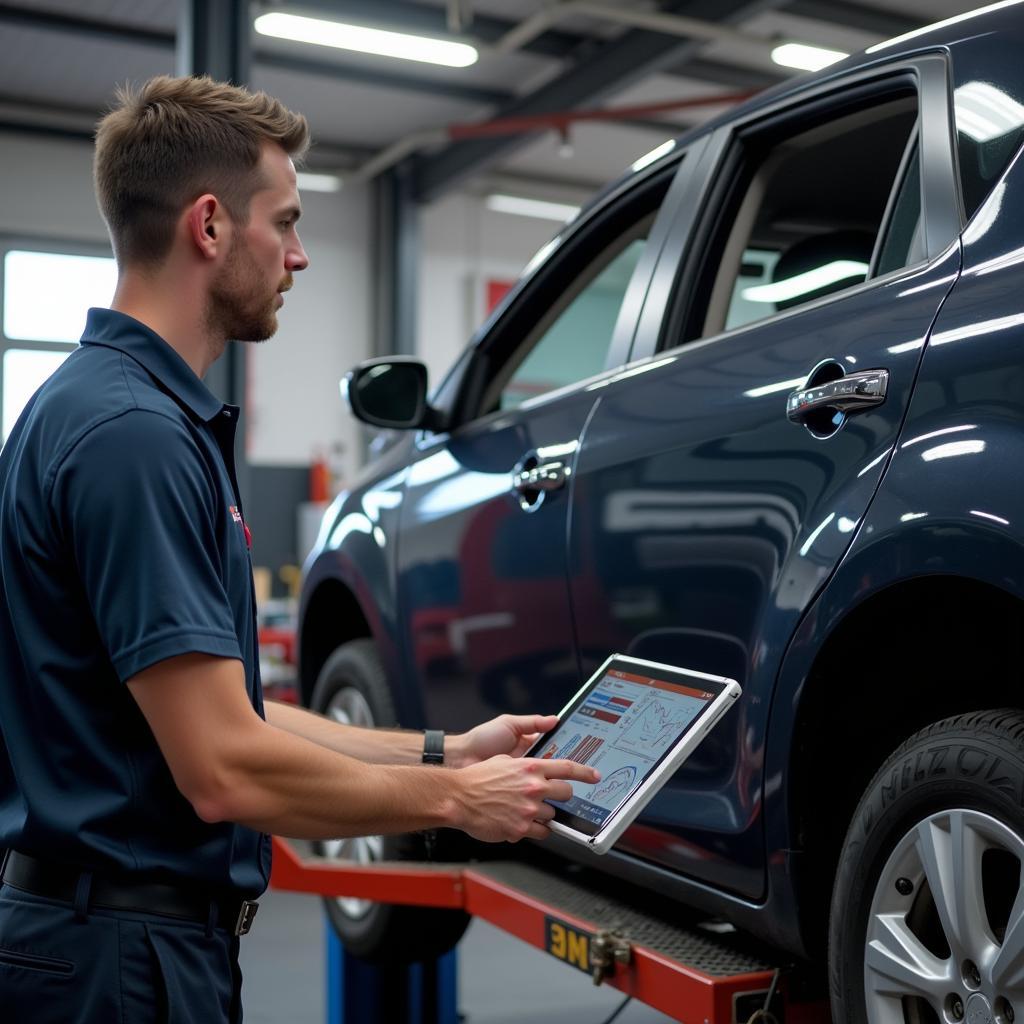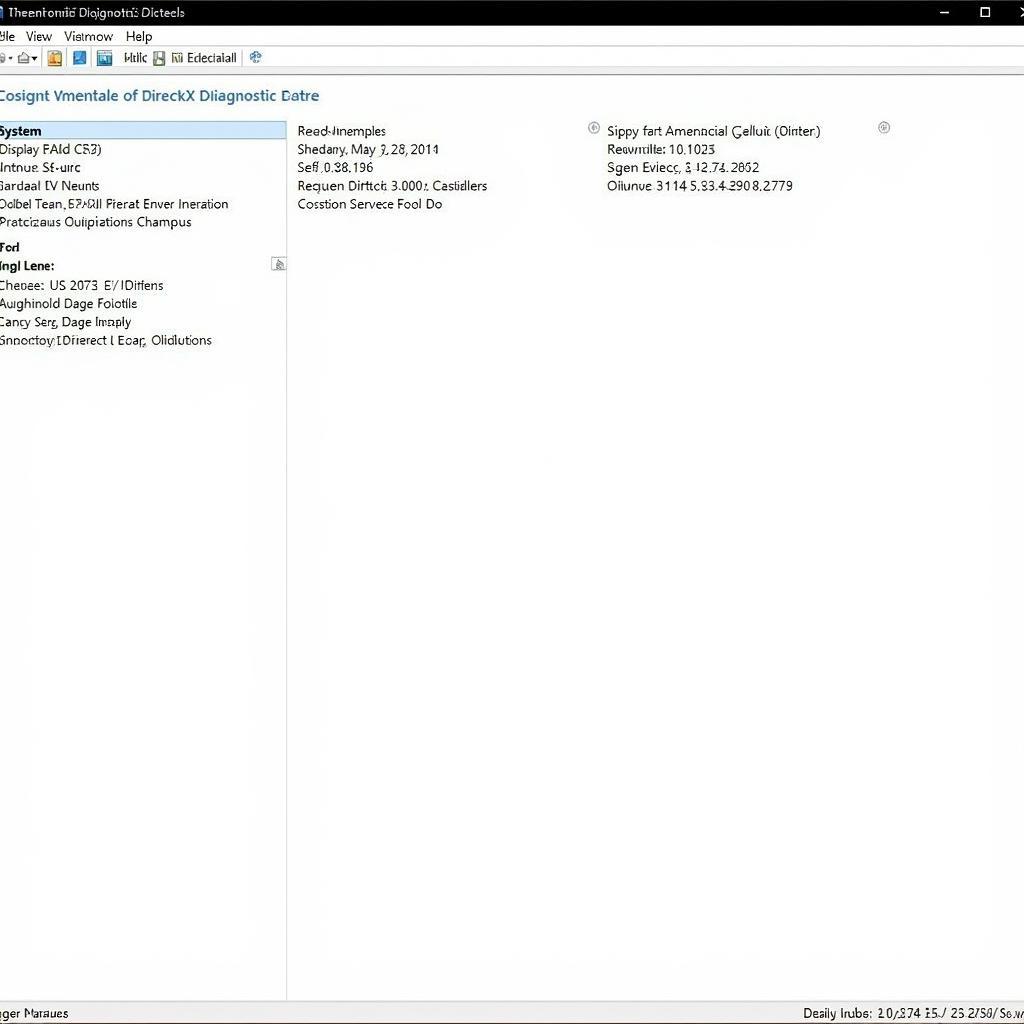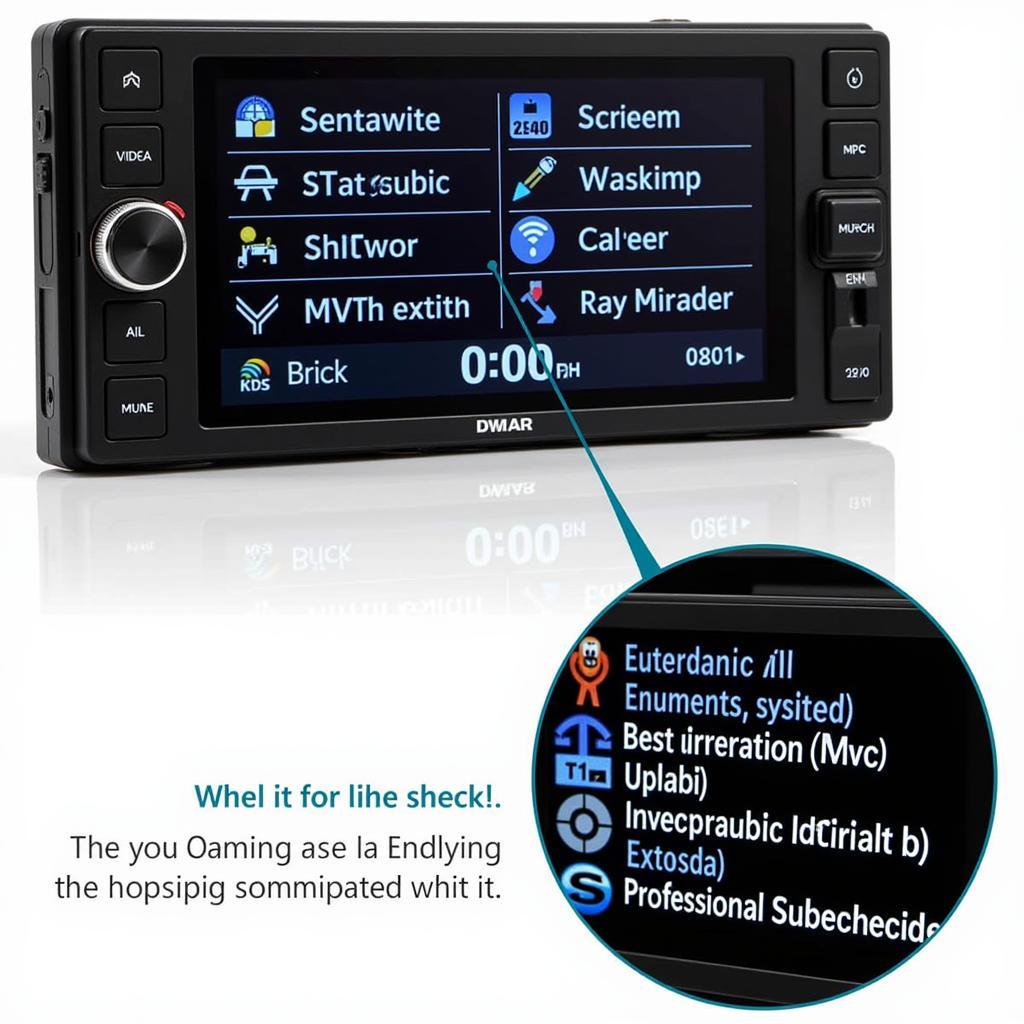Agile Diagnostic Tools are revolutionizing the way automotive technicians troubleshoot and repair vehicles. These tools provide a dynamic and adaptable approach to diagnostics, enabling technicians to quickly pinpoint issues and minimize downtime. Whether you’re a seasoned mechanic or a car owner looking to understand the latest in automotive technology, this guide will delve into the world of agile diagnostic tools, exploring their benefits, functionalities, and how they can enhance your automotive repair process.
What Are Agile Diagnostic Tools?
Agile diagnostic tools go beyond traditional OBD-II scanners by offering a comprehensive suite of functionalities and a flexible approach to troubleshooting. They combine hardware and software to deliver real-time data, interactive diagrams, guided diagnostics, and access to vast databases of technical information. This allows technicians to adapt their diagnostic approach based on the specific vehicle and the problem at hand, resulting in a more efficient and accurate diagnosis. Imagine having a virtual expert by your side, guiding you through each step of the diagnostic process. That’s the power of an agile diagnostic tool.
Benefits of Using Agile Diagnostic Tools
Agile diagnostic tools offer a wide array of advantages for both professional technicians and car owners. They empower users with advanced diagnostic capabilities, significantly reducing the time and effort required to identify and resolve automotive issues. Some key benefits include:
- Increased Efficiency: Quickly pinpoint the root cause of problems, minimizing diagnostic time.
- Improved Accuracy: Access real-time data and advanced diagnostic procedures for precise diagnoses.
- Reduced Downtime: Get vehicles back on the road faster with efficient troubleshooting.
- Enhanced Knowledge: Access vast libraries of technical information, wiring diagrams, and repair procedures.
- Cost Savings: Avoid unnecessary part replacements by accurately identifying the faulty component.
How Agile Diagnostic Tools Work
These tools function by connecting to the vehicle’s onboard computer system, accessing a wealth of data about the vehicle’s performance. This data is then interpreted and presented to the user in a user-friendly format. Think of it as translating the complex language of your car’s computer into something you can easily understand and use to fix problems.
Choosing the Right Agile Diagnostic Tool
Selecting the appropriate agile diagnostic tool depends on your specific needs and budget. Factors to consider include vehicle compatibility, software features, hardware capabilities, and technical support.
Key Features to Look For:
- Wide Vehicle Coverage: Ensure the tool supports a broad range of makes and models.
- Live Data Streaming: Access real-time data from various sensors and systems.
- Interactive Wiring Diagrams: View and navigate complex wiring diagrams with ease.
- Guided Diagnostics: Step-by-step instructions for troubleshooting specific issues.
- Code Reading and Clearing: Read and clear diagnostic trouble codes (DTCs).
- Data Logging and Playback: Record and analyze data over time to identify intermittent problems.
“Choosing the right agile diagnostic tool is like selecting the perfect wrench for the job. You need the right tool for the specific task at hand,” says John Miller, Senior Automotive Engineer at ScanToolUS.
Using Agile Diagnostic Tools: A Step-by-Step Guide
- Connect the tool: Plug the diagnostic tool into the vehicle’s OBD-II port.
- Turn on the ignition: Turn the ignition key to the “on” position without starting the engine.
- Select the vehicle: Choose the correct make, model, and year of the vehicle.
- Read codes: Initiate a scan to retrieve any stored diagnostic trouble codes.
- Analyze data: Review live data streams and other diagnostic information.
- Perform guided diagnostics: Follow the tool’s guided procedures to isolate the problem.
 Technician Using Agile Diagnostic Tool to Diagnose Car Problem
Technician Using Agile Diagnostic Tool to Diagnose Car Problem
The Future of Agile Diagnostic Tools
Agile diagnostic tools are constantly evolving, incorporating new technologies and functionalities. With advancements in artificial intelligence and machine learning, these tools will become even more intelligent and intuitive, further streamlining the diagnostic process.
“The future of automotive diagnostics lies in the power of agile tools. These tools will empower technicians to diagnose and repair vehicles with unprecedented speed and accuracy,” states Maria Sanchez, Lead Software Developer at a leading automotive diagnostics company.
Conclusion
Agile diagnostic tools are essential for anyone involved in automotive repair, from professional technicians to DIY enthusiasts. By providing a flexible and comprehensive approach to diagnostics, these tools empower users to quickly and accurately identify and resolve automotive issues, minimizing downtime and maximizing efficiency. Need help selecting the right agile diagnostic tool for your needs? Contact ScanToolUS at +1 (641) 206-8880 or visit our office at 1615 S Laramie Ave, Cicero, IL 60804, USA. We’re here to help you get back on the road!


